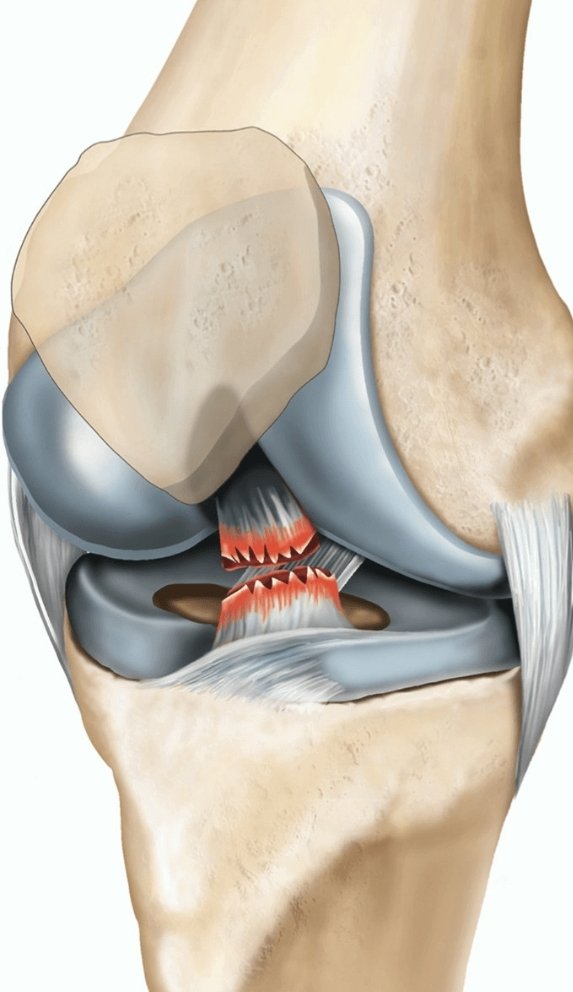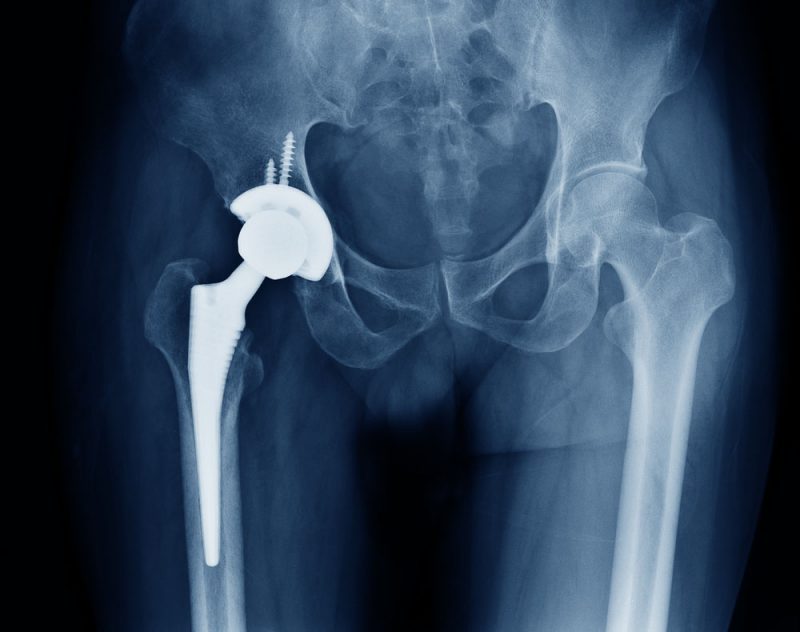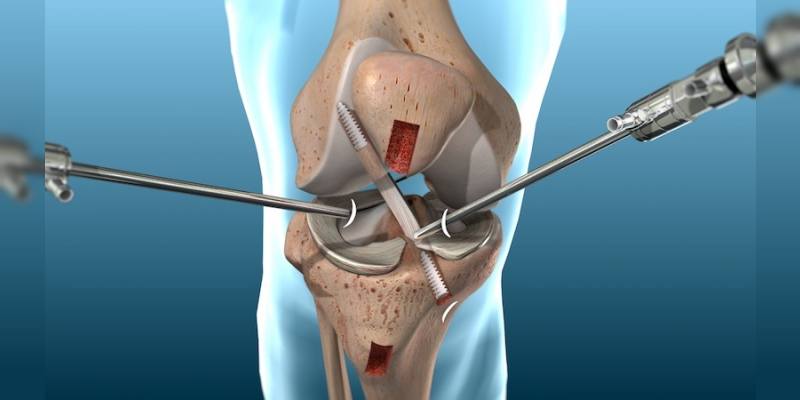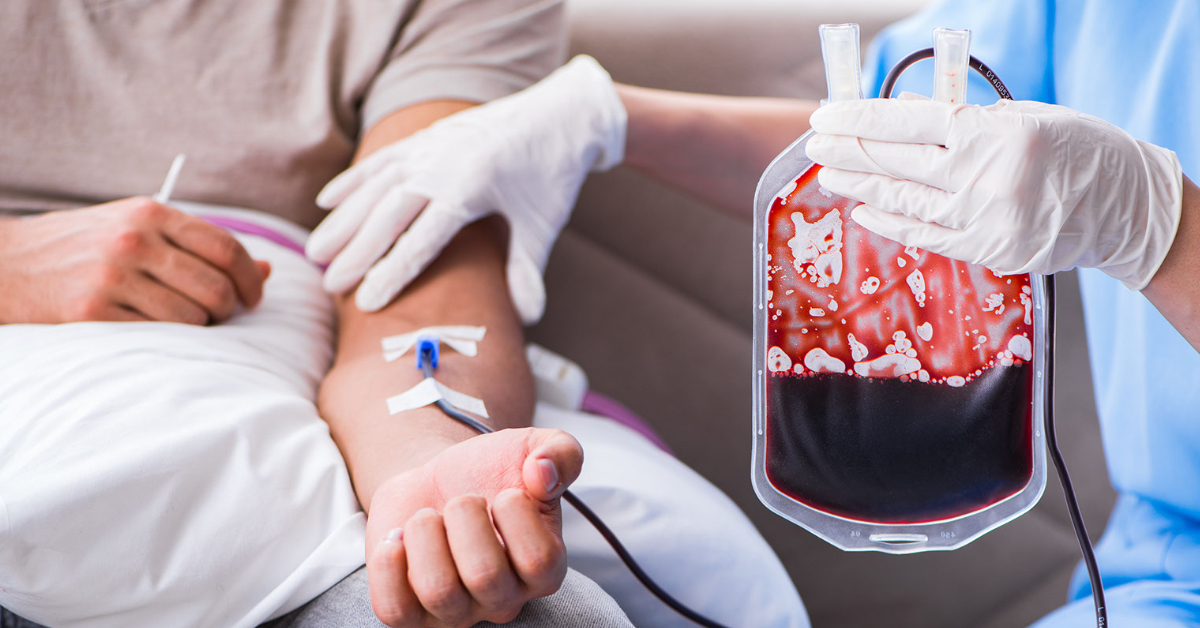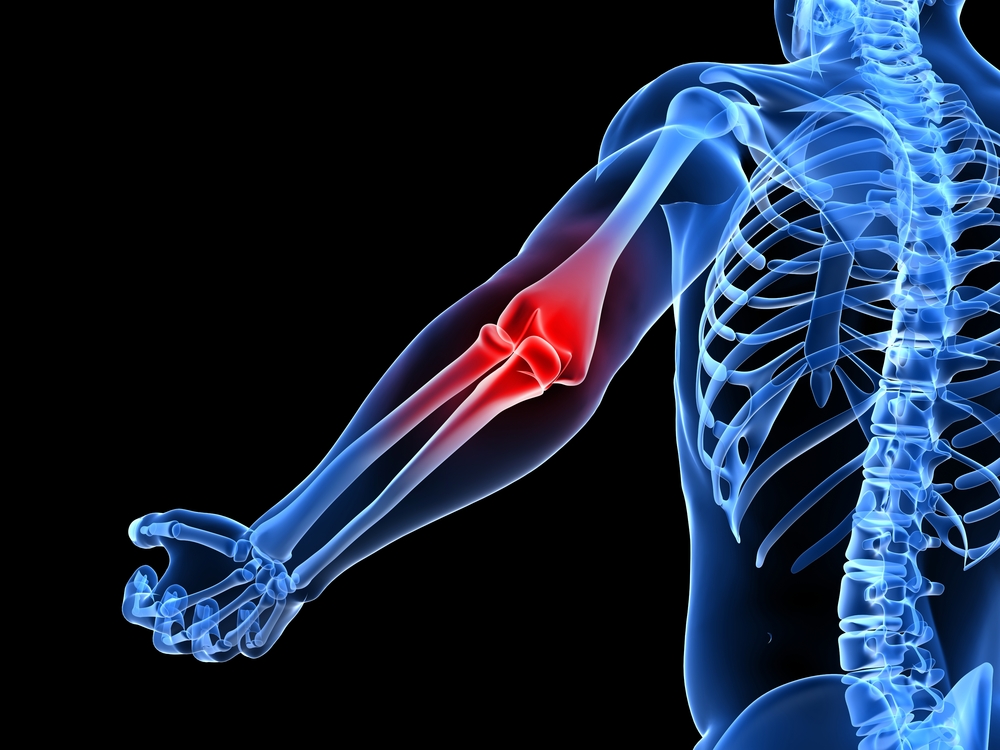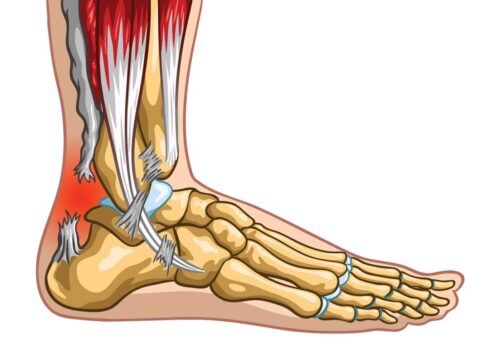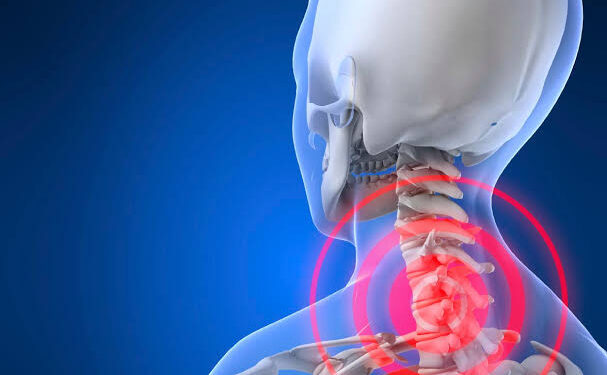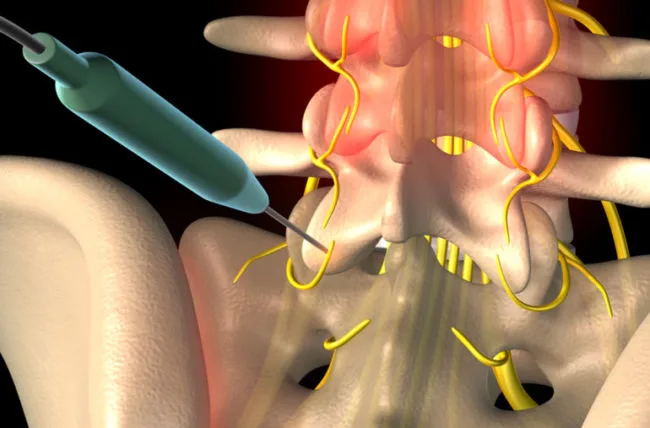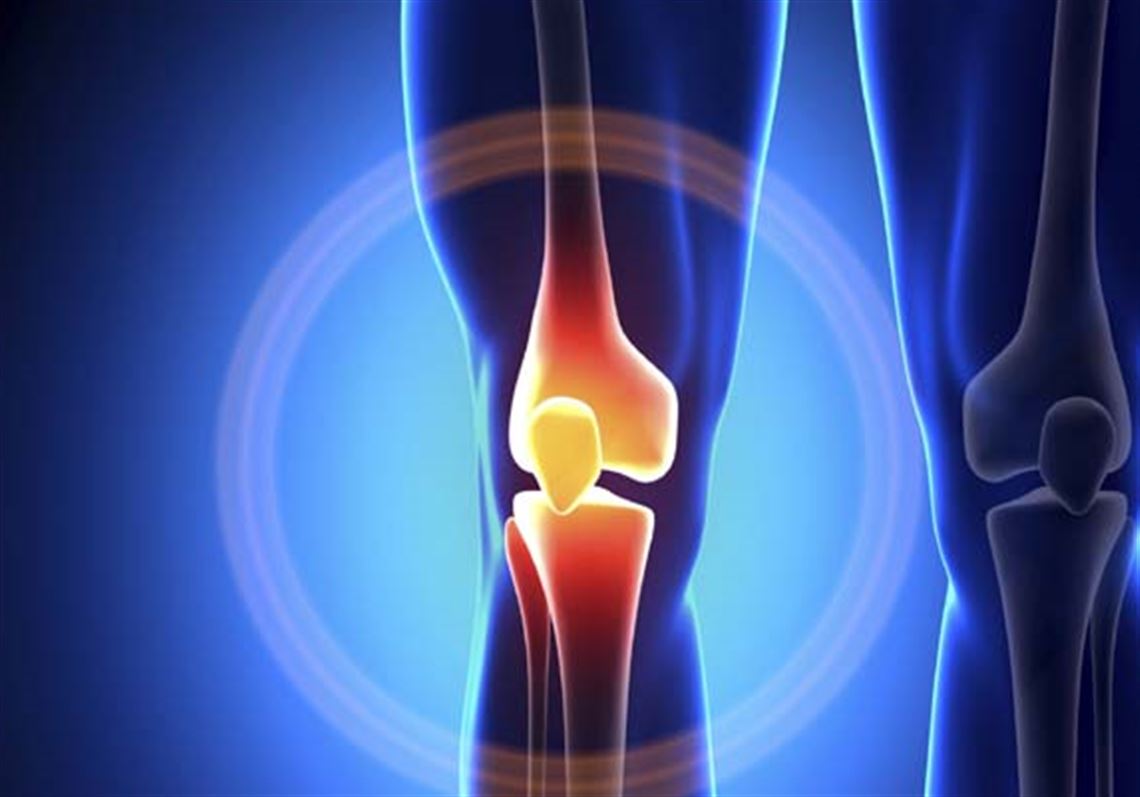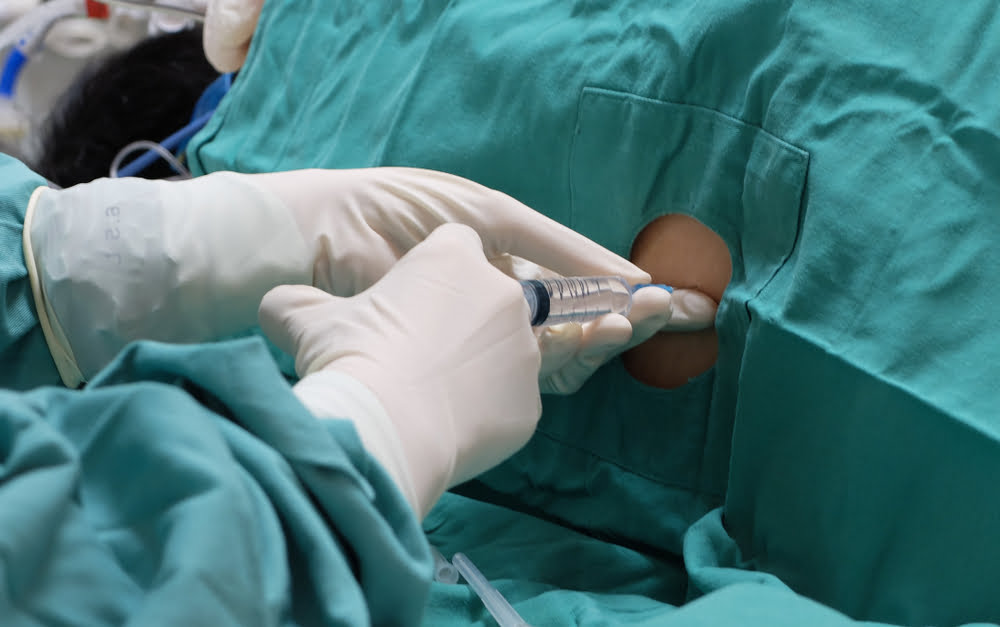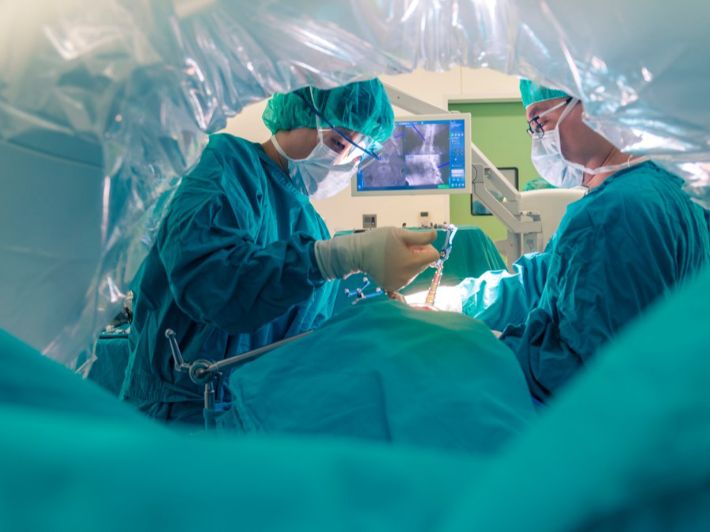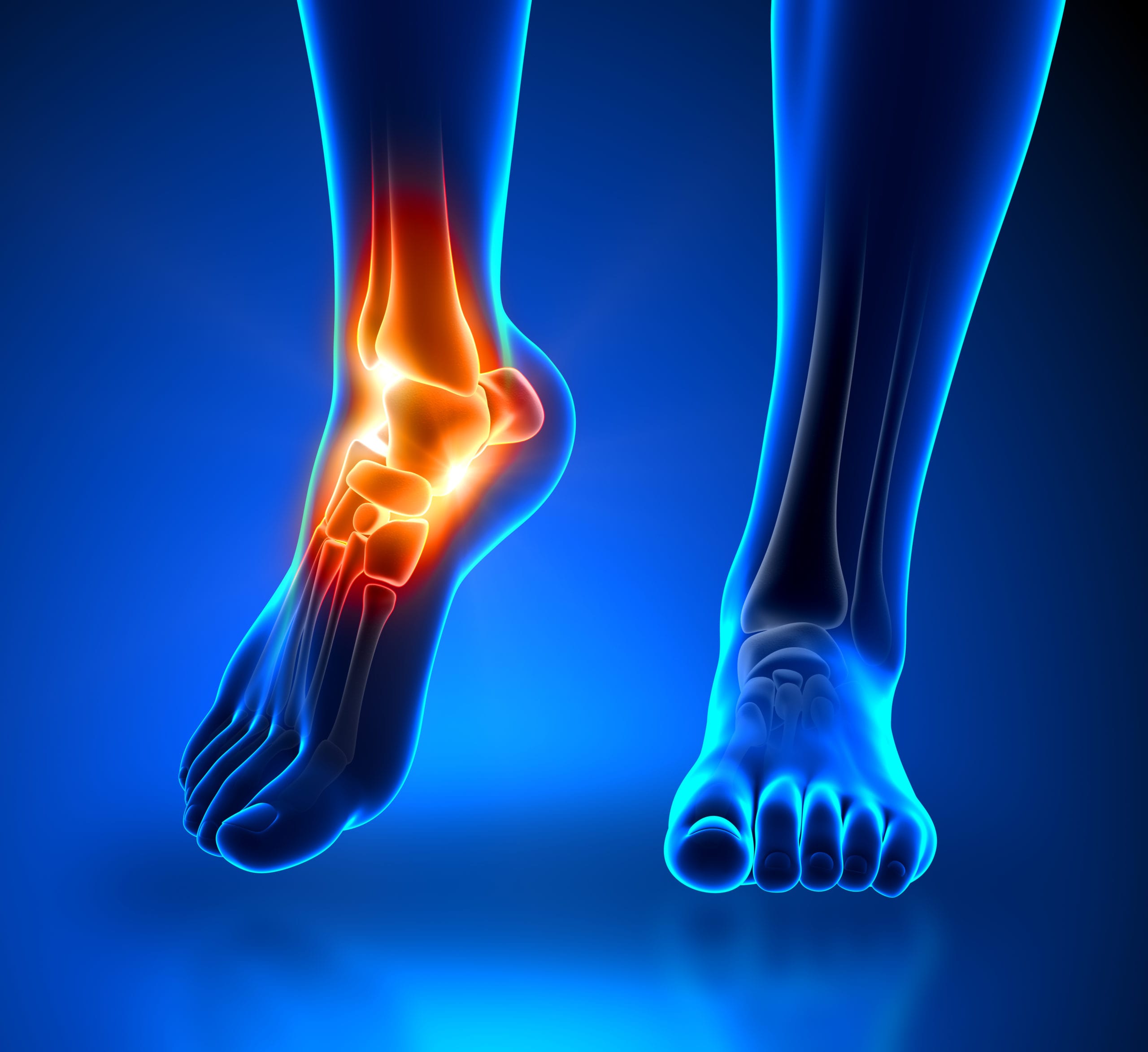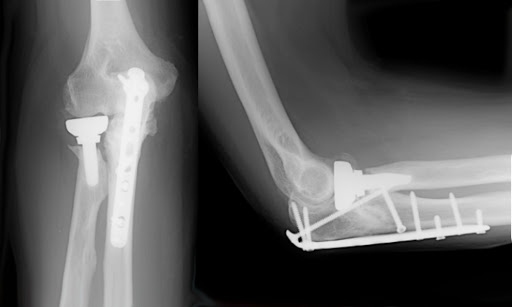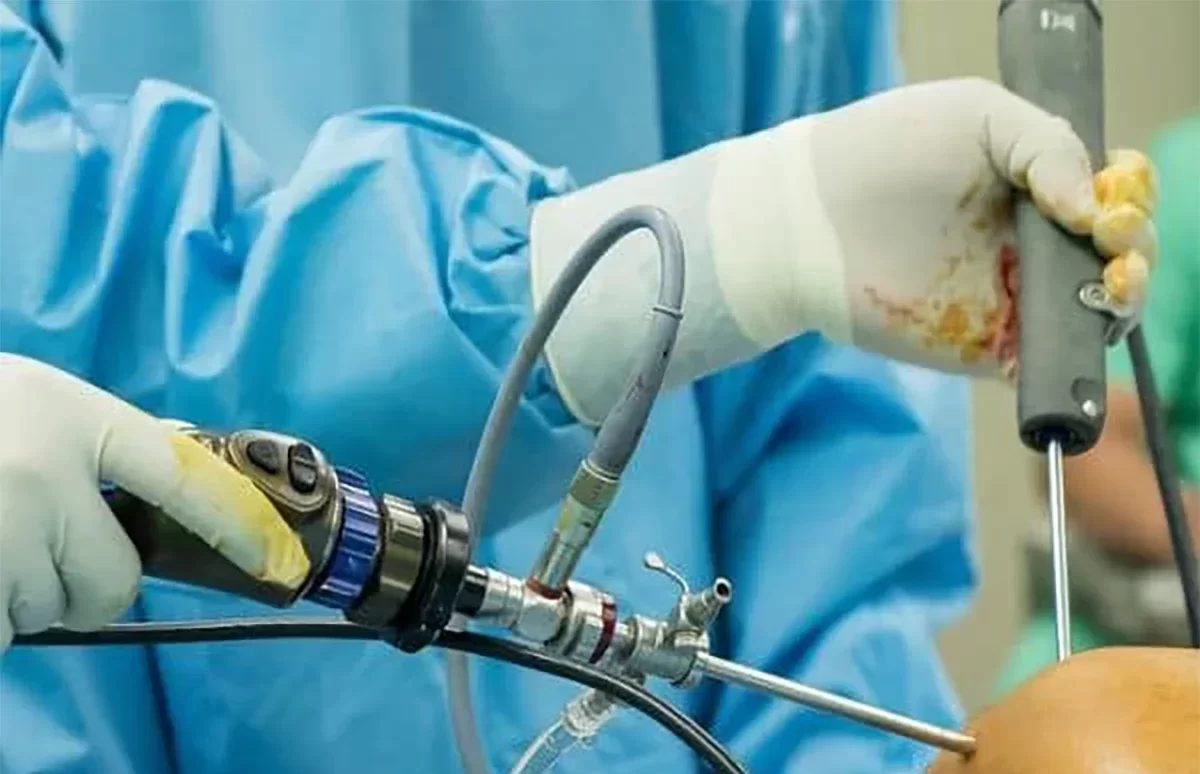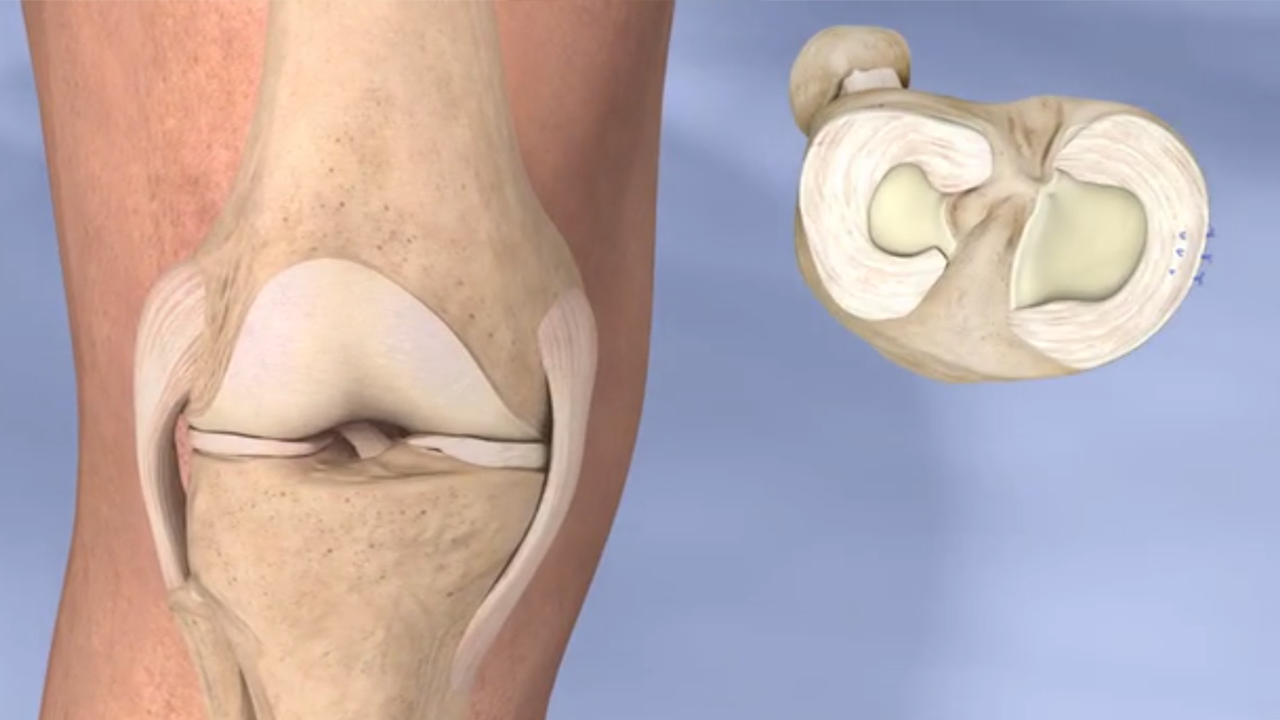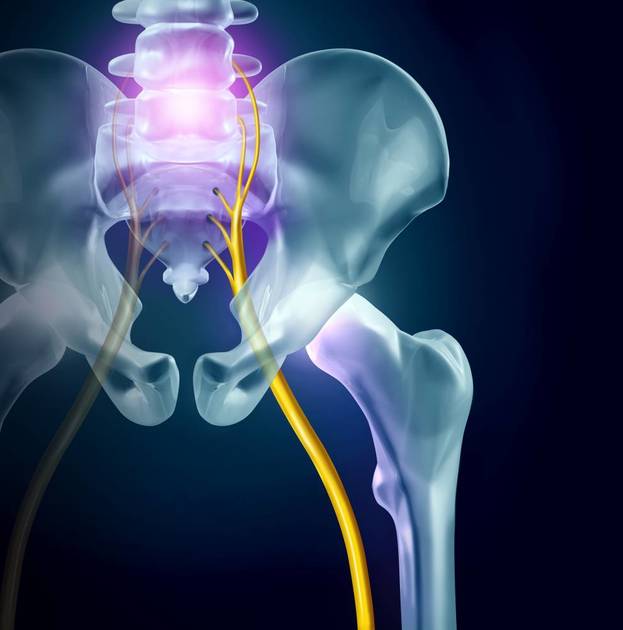Endoscopic Lumbar Discectomy
Endoscopic Lumbar Discectomy, Lumbar disc herniation is one of the most common injuries in modern times, with many close to you suffering from severe pain that prevents them from living their lives normally. A patient with a lumbar disc herniation may be advised by a doctor that surgery is currently the best solution. To gain more understanding of the endoscopic lumbar discectomy procedure, you can follow the article below, which includes comprehensive information about the endoscopic disc surgery.
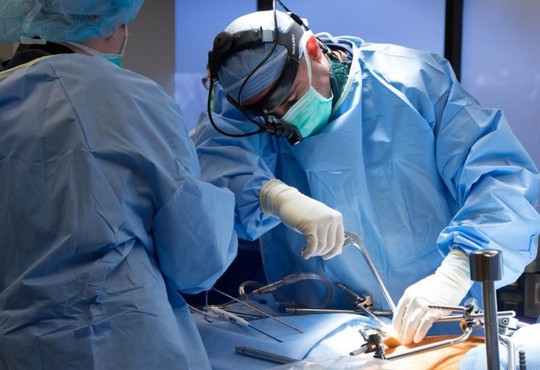
Endoscopic Lumbar Discectomy
Discover the latest technologies in back treatment with the advanced endoscopic lumbar discectomy procedure at Dr. Amr Amal’s clinics. Between the vertebrae in the back, there are a number of discs that provide the necessary support for the vertebrae to withstand pressure and move naturally without friction between the bones of the vertebrae. Disc disease (lumbar disc herniation) is the slipping or movement of the vertebrae from their position in what is known as a herniated or prolapsed disc.
The herniation occurs when the elastic core inside it, which contains a gel-like substance, tears, causing pressure on the nerves close to the vertebra. This is the main reason for the medical problems that occur in the patient, such as numbness in the legs and arms and pains that increase in intensity over time, with great difficulty in bending or changing between standing and sitting.
There are several degrees of lumbar disc herniation, which are determined after diagnosing the patient, whether physically or through imaging requested by the treating doctor. The types of tears depend on the extent of damage to the elastic disc between the vertebrae, and the injury ranges from the least to the most severe, with the third stage being the most painful.
Does Lumbar Disc Herniation Lead to Paralysis?
Lumbar disc herniation affects the patient’s nerve condition because it moves out of its original position, thereby pressing on the spinal cord and the nerves close to it. Consequently, it affects the feeling of numbness in the legs and arms. Symptoms can increase and lead to difficulty in controlling the bladder, but it does not lead to paralysis.
Is Lumbar Disc Herniation Considered a Disability?
Lumbar disc herniation is not considered a disability unless it causes severe weakness in one of the limbs of the lower part of the body. Generally, lumbar disc herniation does not affect and cause damage to the patient except in the third and final stage of the injury, and this is determined by the specialist doctor after conducting the appropriate diagnosis for the patient.
When is a herniated disc dangerous?
In many cases, a herniated disc can be treated through non-surgical methods, and the affected individual does not need to undergo surgery. However, if the herniated disc or torn cartilage begins to affect the nerves and the pain increases over time, accompanied by significant discomfort during movement and numbness extending to the legs, this is where the danger of a herniated disc in the spinal vertebrae lies. For more details on whether a herniated disc surgery is dangerous or not, you can refer to this article.
Procedures of Endoscopic Herniated Disc Surgery
“Discover the best methods of treating a herniated disc through endoscopy at Dr. Amr Amal’s clinics.”
The herniated disc surgery in the lumbar or cervical vertebrae of the spine primarily aims to repair the malfunction that occurred in the rubbery discs (cartilage) located between the back vertebrae. As a result, the affected individual feels an improvement because the pressure on the spinal cord nerves is reduced, and they gradually start to feel recovery.
Cervical Disc Endoscopic Surgery
The herniated disc surgery in the cervical vertebrae is similar to the procedure performed in the lumbar vertebrae and relies on the idea of removing or excising the affected or torn part of the cartilage between the cervical vertebrae, which affects the spinal cord and causes numbness in the arm. Afterwards, the patient undergoes a therapeutic program until full recovery.
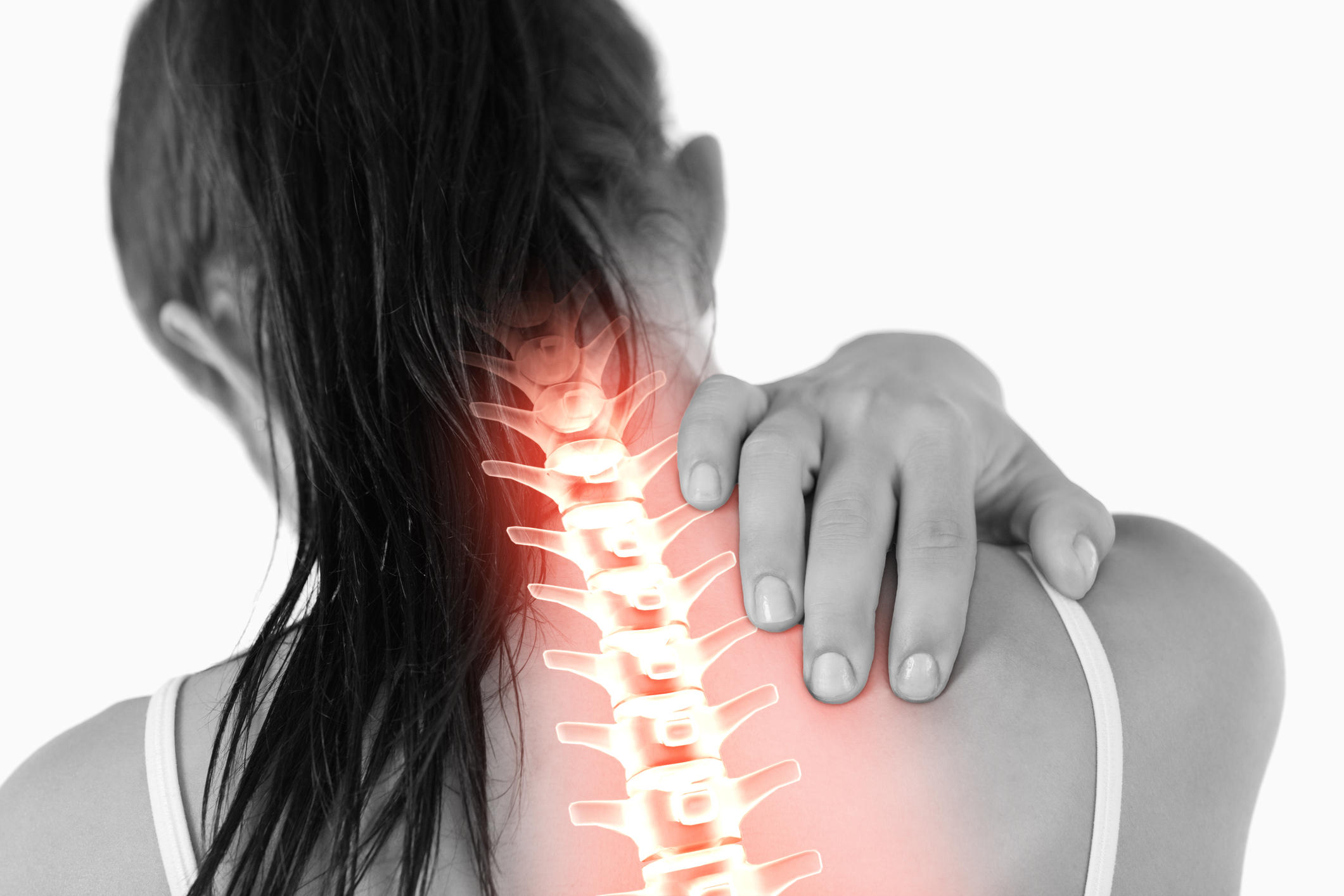
Steps of Endoscopic Herniated Disc Surgery
The treating doctor conducts the necessary examination before deciding to proceed with surgery to determine the degree of the patient’s injury and the extent of the impact on the nerves. Before the surgery, the doctor instructs the patient to take certain anti-inflammatory medications, and if they smoke, they must quit smoking for no less than 14 days.
The endoscopic herniated disc surgery is performed through the following steps:
General or partial anesthesia is used, depending on the patient’s condition. The surgeon makes a very small incision in the affected area to insert the endoscope. The doctor inserts a cylindrical tube, followed by another 9 mm tube, as a preparation for inserting the endoscope through it. The endoscope explores the current condition of the cartilage, providing a more accurate diagnosis. The endoscope gives a clearer image of the injury, and through it, the surgeon inserts the precise tools used in the operation. The doctor removes the affected part of the cartilage causing pressure on the nerve while keeping the healthy part in place. The tools are gradually removed, the incision is thoroughly cleaned, and a dressing is applied. Then, the patient is returned to the recovery room.
When Does a Patient Need an Endoscopic Discectomy?
A patient may experience a herniated disc without the need for an endoscopic discectomy, as non-surgical treatment may be more suitable. However, there are some cases that necessitate an endoscopic discectomy, including:
- Severe pain in the vertebrae during movement and daily activity.
- Weakness in the muscles and difficulty in performing their functions.
- Presence of neuromuscular disorders, with no improvement seen from treatment.
- Ongoing discomfort, persistent pain, and general difficulty in movement.
- Nerve damage, leading to urinary or fecal incontinence.
- Pain in the neck, limbs, or back, which limits the patient’s activity and ability to perform daily tasks.
Advantages of an Endoscopic Discectomy
There are various methods for performing a discectomy, but endoscopy is a modern technique that offers several beneficial features, including:
- Minimal damage to tissues, as it is a form of minimally invasive surgery.
- Quick recovery and healing.
- Reduced risk of postoperative bacterial infections.
- No bleeding in the affected area.
- High rates of success compared to other treatment methods.
- Reduced complications associated with the procedure.
Recovery Time After an Endoscopic Discectomy
Recovery from an endoscopic discectomy typically takes between 4 to 6 weeks. During this period, the patient should follow certain steps to aid in their recovery, such as taking pain relief medication and beginning a postoperative rehabilitation program as prescribed by a physical therapist.
Postoperative Recovery from Endoscopic Disc Herniation Surgery
After undergoing an endoscopic disc herniation surgery, it is crucial for the patient to take pain relief medication and avoid bending, lifting, or twisting for several weeks. This is because the nerves need time to heal, and the patient may experience temporary numbness and tingling in the legs.
Most patients can return to their normal activities within 2 to 4 weeks, or possibly less, after surgery. However, individuals whose jobs require significant physical effort may need to wait at least 8 to 12 weeks. Additionally, attending physical therapy sessions, if recommended by the doctor, is important.
In most cases, endoscopic disc herniation surgery provides a permanent solution, but in some instances, the disc herniation may recur, causing pain and nerve compression. To prevent this, the doctor may advise the patient to follow certain guidelines, such as:
- Maintaining an ideal weight through a healthy diet, as obesity and excess weight are major risk factors for back problems.
- Using the correct technique when lifting objects.
- Sleeping on one’s side rather than on the stomach to reduce pressure on the spine.
- Avoiding lifting heavy objects.
- Maintaining proper posture when sitting at a desk, watching television, or using a computer.
- Engaging in 15 minutes of daily exercise to strengthen back muscles.
- Choosing the right mattress to avoid spinal issues and back pain.
- Adopting a proper sleeping position, such as bending the knees when lying on the back, and avoiding sleeping on a soft mattress, as it can cause the spine to curve and lead to muscle spasms.

Other Methods of Treating Disc Herniation
There are various methods of treating disc herniation, ranging from conservative treatment to surgical intervention, which also includes endoscopic treatment for disc herniation. The choice of the most suitable treatment method depends on the extent of the disc herniation, the pain experienced by the patient, and the available options are as follows:
Conservative Treatment for Disc Herniation
The non-surgical methods followed in treating disc herniation include the following:
- It is essential for the patient to rest for a period ranging between 24 to 48 hours, in addition to avoiding movements that cause pain and ensuring to practice exercises recommended by the doctor.
- Taking non-steroidal anti-inflammatory drugs (NSAIDs) such as naproxen and ibuprofen to reduce nerve inflammation resulting from disc pressure. In some cases, the doctor may prescribe muscle relaxants or narcotic painkillers.
- Applying cold compresses in the first 48 hours of feeling pain, or hot water compresses afterward.
- Attending physical therapy sessions that involve massage, strengthening the back and abdominal muscles.
A doctor may recommend a cortisone injection in the lower spine for patients experiencing severe pain or leg pain. However, responses to treatment vary from one patient to another.
If the patient does not respond to conservative treatment and the pain does not subside or worsens, or if there is weakness in the leg or foot muscles, surgical intervention, such as endoscopic disc herniation treatment, becomes necessary.
Surgical Treatment for Disc Herniation
All surgical methods aim to remove a significant portion of the herniated disc tissue while preserving the surrounding tissues to give the compressed nerve root more space to function. The surgical techniques used to treat disc herniation include traditional open surgery, microdiscectomy, laser disc decompression, and endoscopic disc herniation treatment. Here are some types of surgeries performed in the case of disc herniation:
- Discectomy: This procedure involves removing a part or the entire herniated disc.
- Nucleotomy: This procedure involves removing the nucleus through suction or laser disc decompression.
- Laminectomy: The surgeon removes a part of the vertebral lamina to relieve pressure on the nerves.
- Spinal Fusion: This technique involves fusing two or more vertebrae together, providing more stability to the spine.
- Disc Replacement: This involves replacing the herniated disc with an artificial one.
Success Rate of Disc Herniation Surgery
The success rate after disc herniation surgery is high, often reaching up to 100% for patients who have undergone the procedure. Adhering to the medical steps outlined by the medical team after the surgery increases this success rate and helps the patient recover more quickly. Regain your daily activities and move freely with the modern and effective endoscopic disc herniation treatment available at Dr. Amr Amal’s clinics.
Complications of Endoscopic Disc Herniation Surgery
Generally, endoscopic disc herniation surgery does not have serious complications that affect the patient or the surgery, and it is one of the best modern methods in treating vertebral disc herniation. However, in rare cases, the patient may experience the following after the surgery:
- Nerve damage.
- Leakage of cerebrospinal fluid.
- Infection at the surgical site.
Is Walking Beneficial After a Herniated Disc Surgery?
Without a doubt, walking is one of the steps that helps the patient start to recover and feel an overall improvement after the surgery. It works to strengthen the muscles and provide better blood flow to the affected area, which in turn accelerates the healing process. Walking can be done in a water pool or as part of general aerobic activities during the initial recovery period.
How Should a Patient with a Herniated Disc Sleep?
Sleeping is one of the positions that can help reduce the pain associated with a herniated disc, but it must be done correctly to avoid harm to the patient after surgery. The patient can sleep as follows:
Sleeping on the Side: If the patient sleeps on one side, they should place medical pillows under the head and between the knees, bringing the knees slightly inward to relieve pressure on the vertebrae and provide space for comfort. Sleeping on the Back: This is one of the safest positions during the recovery period for a herniated disc patient. The patient should place pillows under the head and under the knees to feel comfortable while sleeping. Sleeping on the Stomach: Sleeping on the stomach is considered the least comfortable position. If the patient sleeps this way, they should place pillows under the head, chest, and upper part of the thigh to reduce the load on the vertebrae during sleep.
If you want to read more information related to herniated discs and how to properly sleep when affected by it to control the problem, we recommend reading this article.
The Best Doctor for Herniated Disc Surgery in Egypt
Dr. Amr Amal is one of the best specialists in herniated disc surgery in Egypt. He has an excellent reputation and extensive experience in this field. Dr. Amr Amal works diligently and professionally to provide global healthcare to his patients.
His services are characterized by reliability, professionalism, and technological advancement as he uses the latest medical technologies and tools to ensure success in herniated disc surgeries. He carefully evaluates the patient’s condition and determines the appropriate options for the surgery. Thanks to his extensive experience in this field, Dr. Amr Amal can guarantee excellent results and a quick recovery for patients, paying great attention to understanding the needs of the patients and providing the necessary comfort and support during the treatment period.
In addition, Dr. Amr Amal offers advanced consultations and precise guidance to patients before and after surgery. He works closely with a professional medical team consisting of experienced specialists in surgery.
In summary, Dr. Amr Amal is the best choice for those seeking exceptional medical service in herniated disc surgery. He provides healthcare with kindness and professionalism, ensuring a comfortable and successful treatment experience for all patients.

